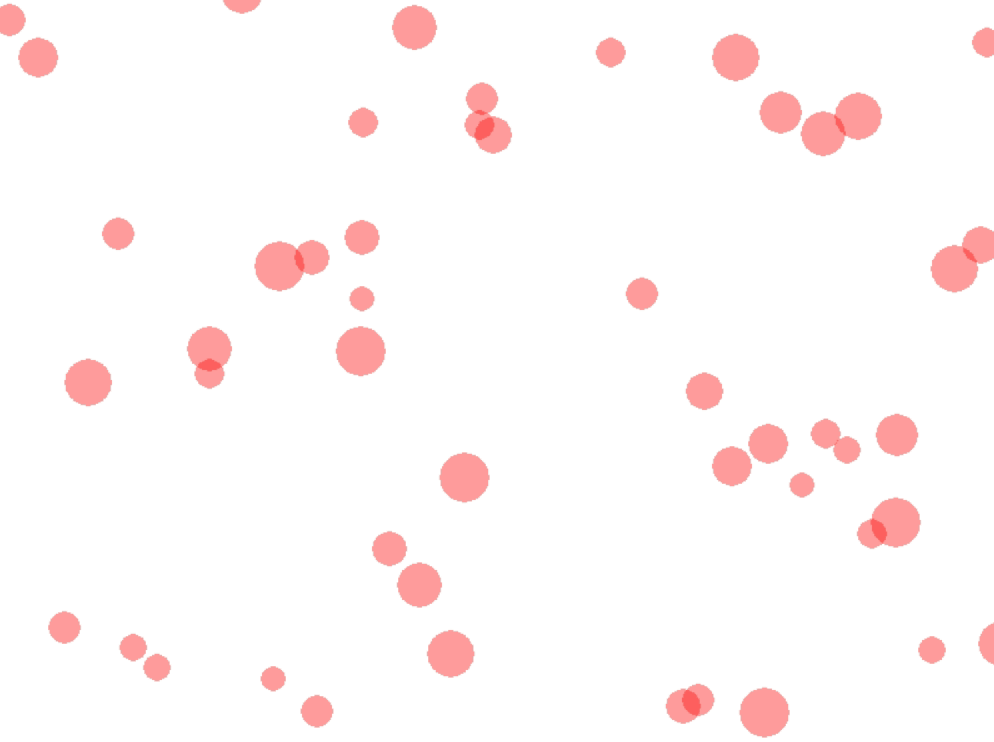Lists and loops¶
lists¶
Create lists¶
A list contains several objects without you having to give each one a new name.
Example:
list = [0, 1, 2, 3, 4]
The list contains the numbers 0-4.
You can also create lists by first creating an empty list and then adding numbers one after the other:
list2 = []
list2.append(5)
list2.append(6)
list2.append(7)
This list contains the numbers 5, 6 and 7.
In the same way, a list can also contain objects of any kind.
cliste = []
cliste.append(Circle((40, 40), 60, 0, color=(255, 0, 0, 100))))
This adds a circle to a list.
Accessing list items¶
The list elements can be accessed with a index:
list2 = []
list2.append(5)
list2.append(6)
list2.append(7)
print(list2[0], list2[1])
Spends 5 6. The 0th list element is 6, the 1st list element is 6.
Loops¶
With the help of loops you can repeat things. For example, if you want to create 50 circles instead of 5, the easiest way to do this is with a loop:
class MyBoard(ProcessingBoard):
def on_setup(self):
self.fill((255, 255, 255, 255)))
for i in range(50):
Circle((random.randint(0,260), random.randint(0,200)), 10, 0, color=(255, 0, 0, 100))
The program creates 50 circles at random position.
With the help of lists you can also move all circles at the same time.
class MyBoard(ProcessingBoard):
def on_setup(self):
self.fill((255, 255, 255, 255)))
self.lst = []
for i in range(50):
self.lst.append(Circle((random.randint(0, 800), random.randint(0, 600)), random.randint(10, 20), 0, color=(255, 0, 0, 100)))
def act(self):
for circle in self.lst:
circle.y-=random.randint(0,2)

